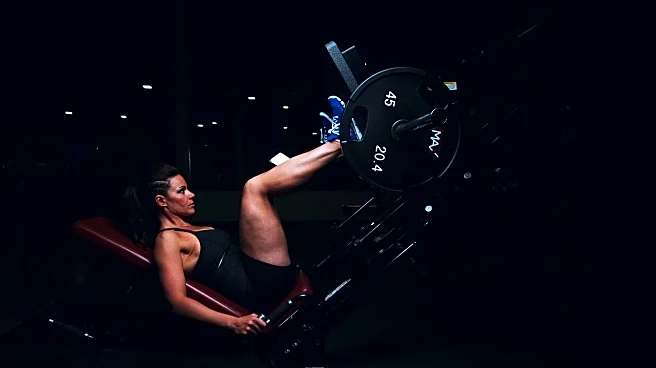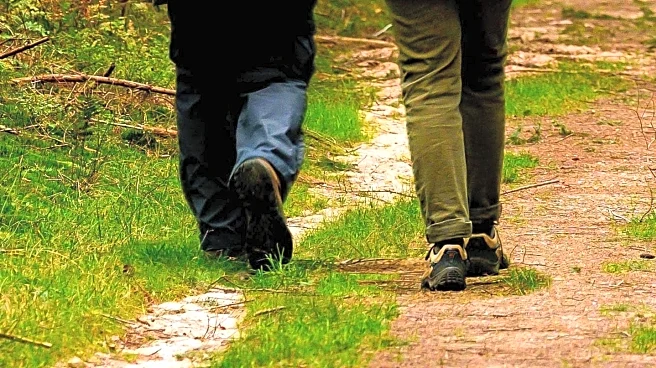What's Happening?
Retro walking, a fitness trend involving walking backward, is gaining attention for its potential benefits on brain health and joint function. According to recent studies, this activity increases prefrontal cortex activity, which is responsible for decision-making and problem-solving. A study conducted by Dayananda Sagar University involved older adults who participated in retro walking sessions three times a week for six weeks, resulting in improved cognitive scores. Additionally, retro walking has been shown to strengthen muscles, improve balance, and reduce joint stress, making it beneficial for individuals with knee osteoarthritis.
Why It's Important?
The significance of retro walking lies in its dual benefits for cognitive and physical health. As cognitive decline is a major concern among the elderly, retro walking offers a simple, equipment-free method to enhance brain function. The activity's ability to improve joint health is particularly relevant for those suffering from osteoarthritis, as it provides a low-impact exercise option that can reduce pain and improve mobility. This trend could influence public health strategies by promoting accessible exercise routines that cater to both mental and physical well-being.
What's Next?
Further research is needed to explore the long-term benefits of retro walking and its potential advantages over traditional forward walking. Larger trials could provide more definitive evidence of its efficacy in improving cognitive and joint health. As awareness of this trend grows, it may lead to increased adoption in physical therapy programs and community exercise initiatives, encouraging more individuals to incorporate retro walking into their daily routines.
Beyond the Headlines
Retro walking challenges conventional exercise norms by introducing a novel movement pattern that requires increased attention and coordination. This could lead to broader discussions on the importance of variety in physical activity for cognitive stimulation. Additionally, the trend highlights the potential for simple, low-tech exercises to deliver significant health benefits, which may influence future fitness and rehabilitation practices.











